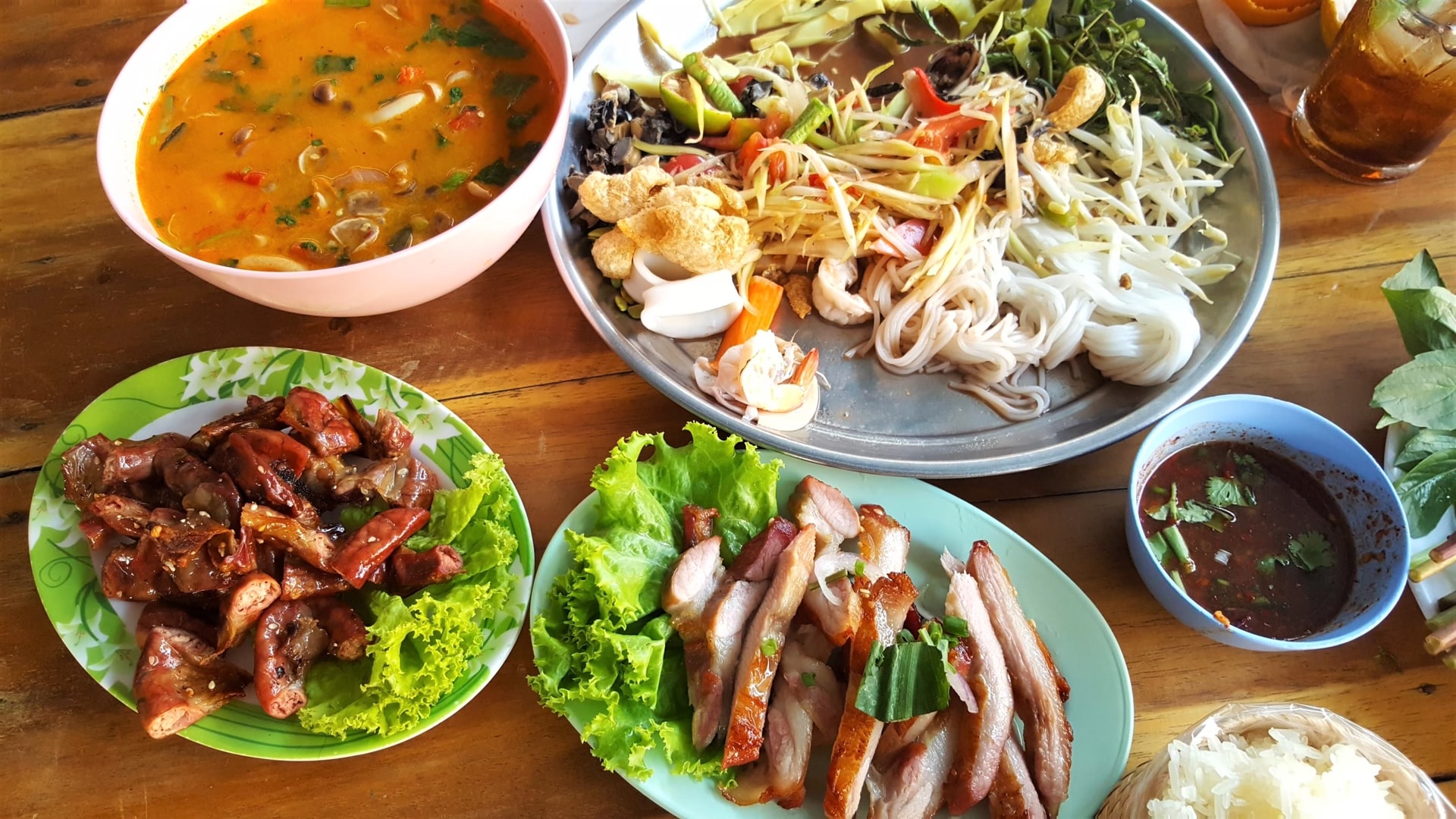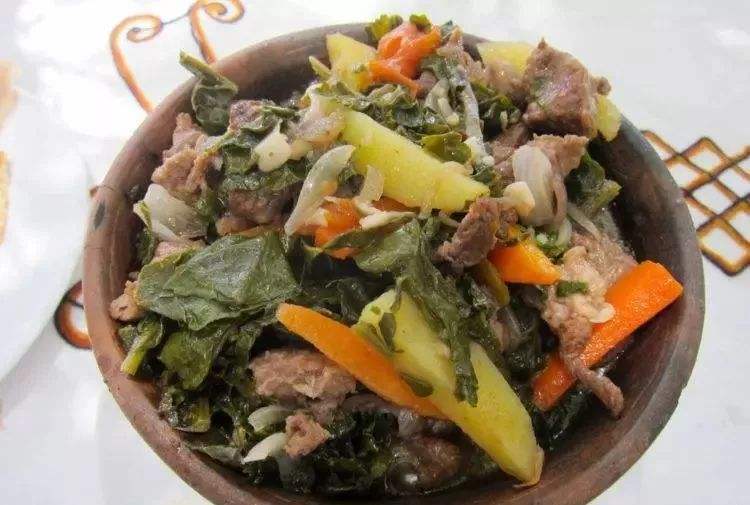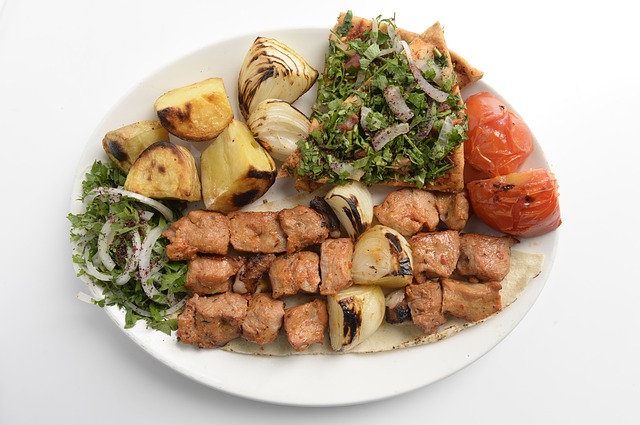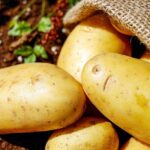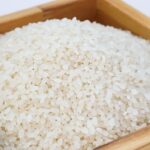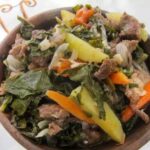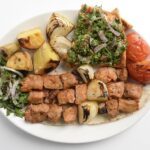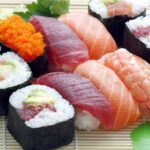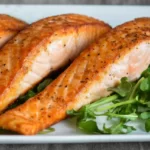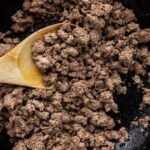Is Thai Food Healthy? You Should Know
Without a doubt. Thai cuisine can be a healthy restaurant dinner option if you choose wisely. We’ve been conditioned to believe that all stir-fry foods are healthy and that all Thai people are skinny, so we don’t check for the extra calorie loads that lurk on a Thai menu, ready to derail our weight loss efforts if we’re not cautious.
Table of Contents
Why is Thai Food so Healthy?
Thai food is full of flavorful fresh herbs and spices that are utilized to produce light and fresh curries and soups, as well as heavier ones with coconut milk. Based on the freshest ingredients and little or no dairy, it’s easy to see why the Thai people, despite their love of food and pleasure of snacks throughout the day, have little problems with obesity and heart disease. But Thai food is not just healthy due of its freshness and absence of saturated fats: the herbs and spices commonly used in Thai cuisine all have medicinal properties that will keep you healthy if you consume them on a regular basis.
Turmeric, which is regarded as a digestive aid and cleansing spice, is used in the yellow curries of Southern Thailand. It also possesses anti-inflammatory and antiseptic properties, which aid in the treatment of colds and sore throats. It also has a function in tumor and cancer prevention, which is still being explored but appears to be highly promising, particularly against melanomas and numerous other forms of tumor.
- Fresh chili peppers are abundant in vitamins C and A, which serve as antioxidants and assist digestion. They combat colds and function as a decongestant – nothing beats a hot curry to clear your sinuses!
- Garlic is a natural antibiotic that is effective against colds and infections, as well as stimulating the immune system and aiding in the treatment of excessive cholesterol and high blood pressure.
- Lemongrass is useful for treating colds, fevers, and congestion, as well as aiding digestion, soothing intestinal infections, and reducing stress.
- Thai medicine uses kaffir lime to treat high blood pressure. It also aids digestion and acts as an antioxidant, helping to prevent cancer.
- Galangal is also beneficial to digestion and aids in the treatment of colds, congestion, and respiratory disorders. It also aids in the reduction of elevated cholesterol.
- Milk made from coconut. Thai curries and soups include coconut milk. While the health benefits of coconut are extensively discussed due to its high saturated fat content, coconut milk may offer some advantages. A study of 60 healthy Asian individuals revealed that eating porridge prepared with coconut milk 5 days a week for 8 weeks dramatically reduced LDL (bad) cholesterol while increasing HDL (good) cholesterol. However, these consequences may not be applicable to Western societies.
- Turmeric. Turmeric adds color to curries and may provide health advantages due to its major active component curcumin. Curcumin, in particular, may have potent anti-inflammatory properties as well as improve brain function and cell formation. Other turmeric components have the potential to protect against diabetes and heart disease, but further human research is needed.
- Brussel sprouts Soups, stir-fries, and pad Thais all contain mung bean sprouts. They’re high in vitamins and minerals, with 1 cup providing more than 30% of the Daily Value (DV) for vitamin K and 15% of the DV for vitamin C. (104 grams). Vitamin K is essential for good blood clotting, whereas vitamin C is required for collagen creation, a strong immune system, and healthy skin.
With all of these herbs and spices being used in abundance in most Thai dishes, going out for a delicious Thai meal appears to be the obvious answer if you feel a cold coming on, or if you simply want to keep yourself healthy with a good dose of natural fresh remedies that combat many of Western society’s ailments. All of these therapeutic advantages are most noticeable in truly fresh herbs, so make sure to utilize the freshest ingredients when creating your own Thai food at home to reap all of these benefits.
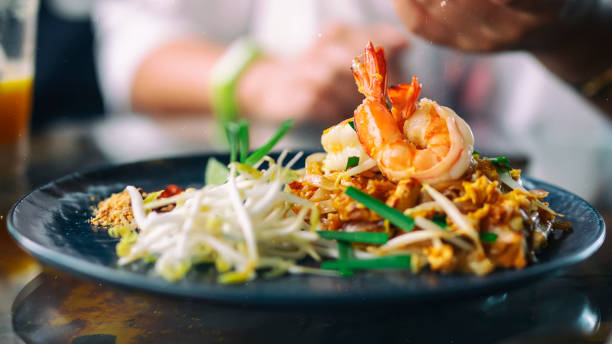
Thai Food’s Potential Drawbacks
While many Thai recipes provide a healthy combination of minerals and ingredients, there are some drawbacks to Thai food.
Fried rice and pad Thai are frequently cooked with higher amounts of white rice and rice noodles than other components.
Excessive use of refined carbohydrates, such as white rice and noodles, has been related to weight gain and an increased risk of type 2 diabetes and other disorders.
Furthermore, many Western Thai restaurants provide deep-fried delicacies that aren’t necessarily based on traditional Thai dishes, such as cream cheese wontons, egg rolls, and fried pumpkin.
Several studies have connected fried meals to an increased risk of heart disease, hypertension, and some malignancies.
Fried meals are also high in sodium, a substance that can lead to high blood pressure and damage blood vessels in the heart and kidneys if ingested in excess. Thai curries and soups can be salty depending on their components.
Finally, certain Thai meals, particularly sweets and Thai iced tea prepared with sweetened condensed milk and black tea, have additional sugar. Consuming too much added sugar may result in weight gain, cavities, and other negative health impacts.
Remember that the least healthful Thai foods are usually ones that have been Westernized. Traditional Thai food is rather nutritious, with a focus on vegetables, lean meats, and fresh herbs and spices. See more about Is Ethiopian Food Healthy?
Thai foods that are healthy
Thai dishes that are healthy are high in vegetables, low in calories, and cooked with lean meats with Thai herbs and spices. Here are some healthy alternatives.
- Fresh vegetables folded in rice paper form spring rolls.
- Salad with shredded papaya, chiles, green beans, peanuts, and a fish sauce dressing
- Tom yum soup: shrimp, broth, lemongrass, galangal, chiles, and additional components
- Stir-fried ground chicken, veggies, herbs, and spices make up chicken larb.
- Cooked fish and vegetables: This dish is frequently made with white fish steamed with fragrant seasonings.
- Beef and broccoli: lean beef, broccoli, and a variety of vegetables
- Curry paste, vegetables, coconut milk, herbs, and spices: red, green, or massaman curry
- Pad Thai: rice noodles, vegetables, peanut sauce, bean sprouts, and a lean protein of your choosing
Many Thai foods come with rice. Fried rice and pad Thai, in particular, are high in refined carbohydrates derived from white rice or noodles.
If brown rice is available, use it instead of white rice to increase the nutritional value of these recipes. Furthermore, you may add extra vegetables to expand the bulk and divide the meal into many servings.
It’s also crucial to limit your intake of high-sodium, high-calorie curries, soups, and sauces. Request heavy sauces or dressings on the side so you can control how much you use.
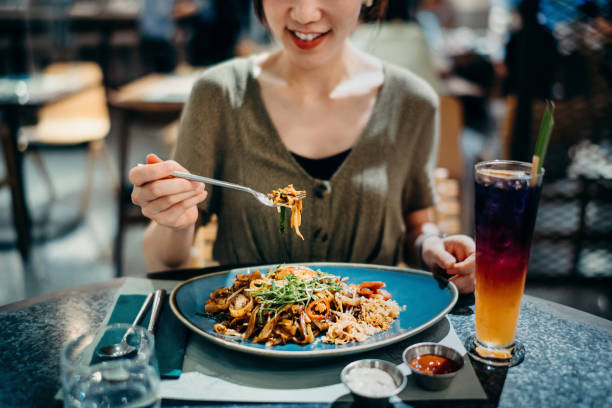
Conclusion
Traditional Thai food is constructed with nutritious ingredients that may give a number of health advantages.
Thai cuisine is noted for mixing native herbs and spices, fresh vegetables, and lean meats into meals, which contribute taste as well as nutrition. Some Westernized Thai foods, on the other hand, are deep fried, served in big servings, or include excessive amounts of sugar and salt.
Choose a Thai cuisine that is high in plant foods, has a protein source, and a variety of herbs and spices for a healthy Thai supper.

